On a sunny day last week, I take advantage of the weather to embark on a walk along a stretch of the River Cherwell suggested by my friend Bea. Starting in the University Parks, I make my way past the first game of cricket I have witnessed this season, played as it has been since 1880 in front of the pretty Victorian pavilion designed by TG Jackson (best known for his work at Hertford College including the famous bridge.) Spectators loll on blankets around the boundaries, under trees suddenly laden with pink and white blossom. Up until 1920 the only way of accessing the meadows on the east side of the river was by a foot ferry operating in the summer months. Then a relief project for the unemployed enabled the building of what is affectionately known as the ‘rainbow bridge’ on account of its shape, for which I am most grateful. Over I go, turning immediately left and I find myself on the opposite bank in open countryside. It’s another world, less than a mile from the crossroads of Carfax and the bustling city centre.
This is blackthorn time, great mounds of the stuff forming magical hollow ways, and natural fences along the water meadows. Not so long ago the willows that line the banks were bare. Now they are transformed, their overhanging branches dripping with spring green. Perfect screens for nesting ducks, moorhens, and coots. Cows graze, birds sing, and the occasional punter disturbs the glassy stream.
I catch glimpses of the manicured gardens of Lady Margaret Hall on the other side of the river before plunging into woods, over rough rickety bridges, the path littered with fallen tree trunks. I meet a bunch of volunteers on a riverside ramble, drawing what they see for a national study, I chat to a weaver taking a break from her loom, and a man from the Parks team out pollarding; but that is it. Mostly it is just me amongst all this fecund foliage, the river meandering along beside me as it has done for centuries. And then the path opens up and there is the Cherwell Boathouse seen over on the opposite bank. A couple of girls wobble and shriek their way on to one of the punts, a line of them moored up in neat rows on the jetty. But there aren’t many takers – maybe I am too early in the day or the season has yet to begin properly.
I soon reach an arched bridge. There is a sign that tells me this is Wolfson Nature Reserve, a relic of Marston’s medieval meads, cut for hay and then grazed between 1st August (Lammas Day) and 2 November (All Souls.) In a month there will be buttercups, it tells me, followed by ox-eye daisies and then great burnets. I must make a note to return to see for myself. For now, I cross over the bridge into and through Wolfson College, its brutalist architecture softened by today’s blue skies, and white flowering bushes.
“Belbroughton Road is bonny, and pinkly bursts the spray, Of prunus…” wrote John Betjeman of this time of year in North Oxford. And so it is, our magnificent magnolias giving way to the glorious blousy froth of ornamental cherry as I head back down the Banbury Road and into town. Past the vast gated houses and institutions, left towards Keble College and back to the University Museum of Natural History. Where my favourite coffee destination awaits. Served from the hatch of a horse box, along with one of their famous chocolate brownies. Here I find that the lovely lawn frontage is no longer orange fenced as it has been for so long, but open, lush green, and filled with children once more gleefully leaping between the Megalosaurus footprints that form the length of its border. And it won’t be long before the swifts return from Africa to to screech and scream around their nest boxes in the Museum tower.
A sure sign of hope and renewal.
Happy Easter everyone.

The University Parks
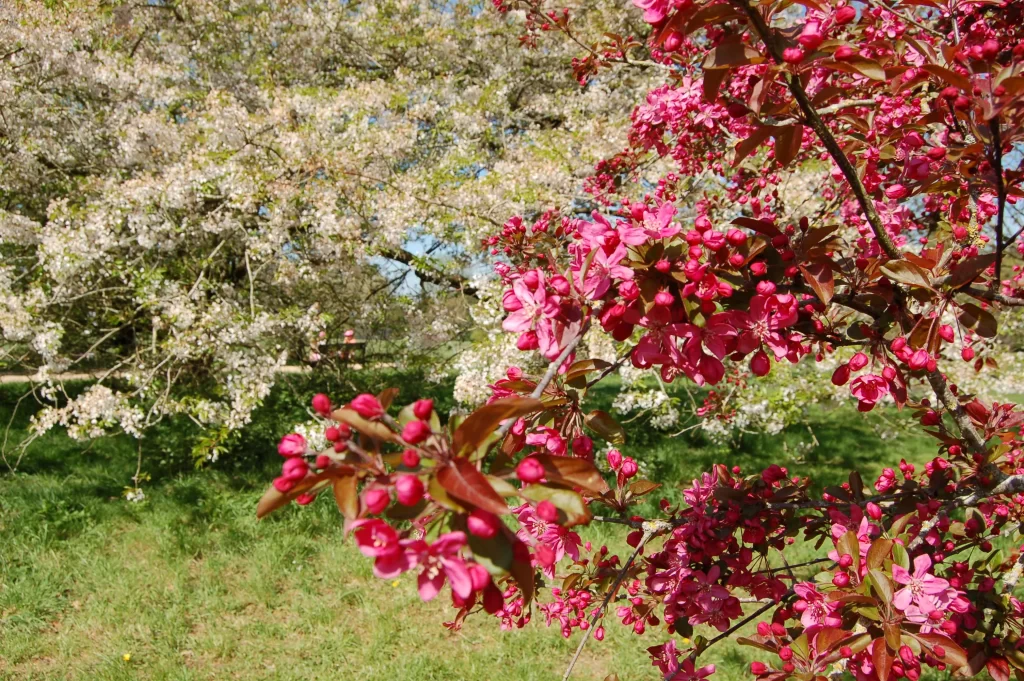
Pink and white blossom

Watching the cricket
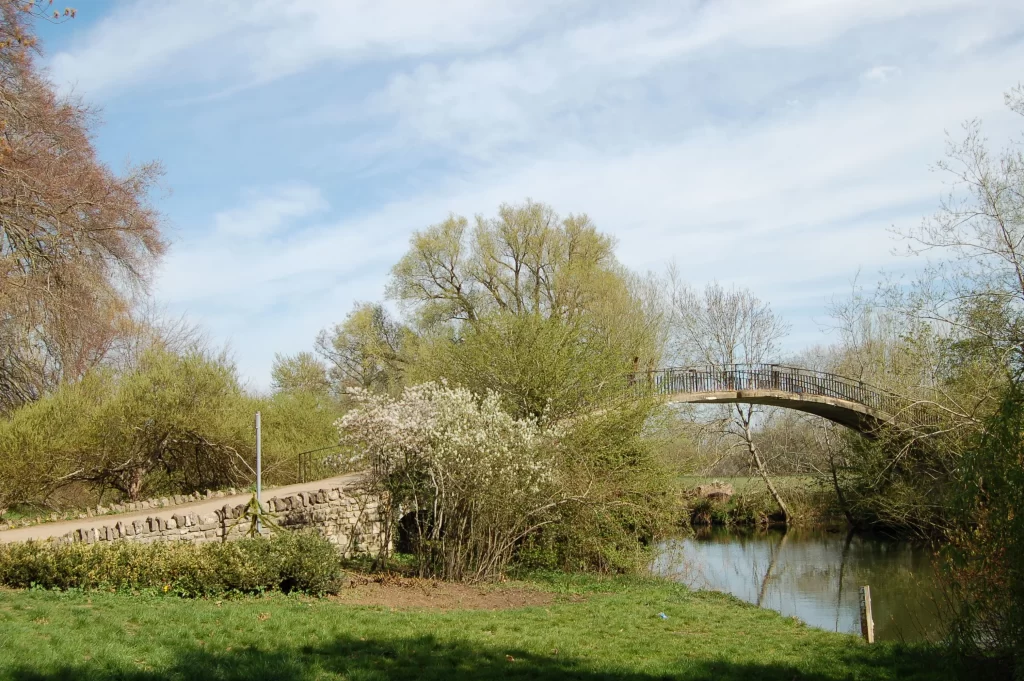
Rainbow Bridge
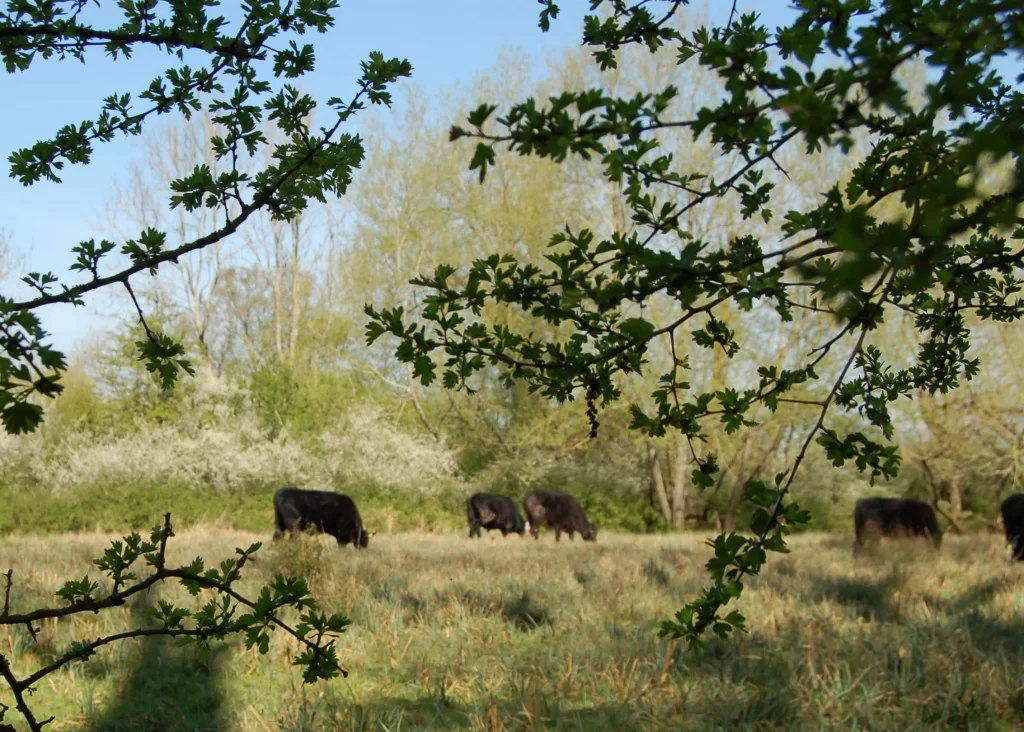
Less than a mile from Carfax.
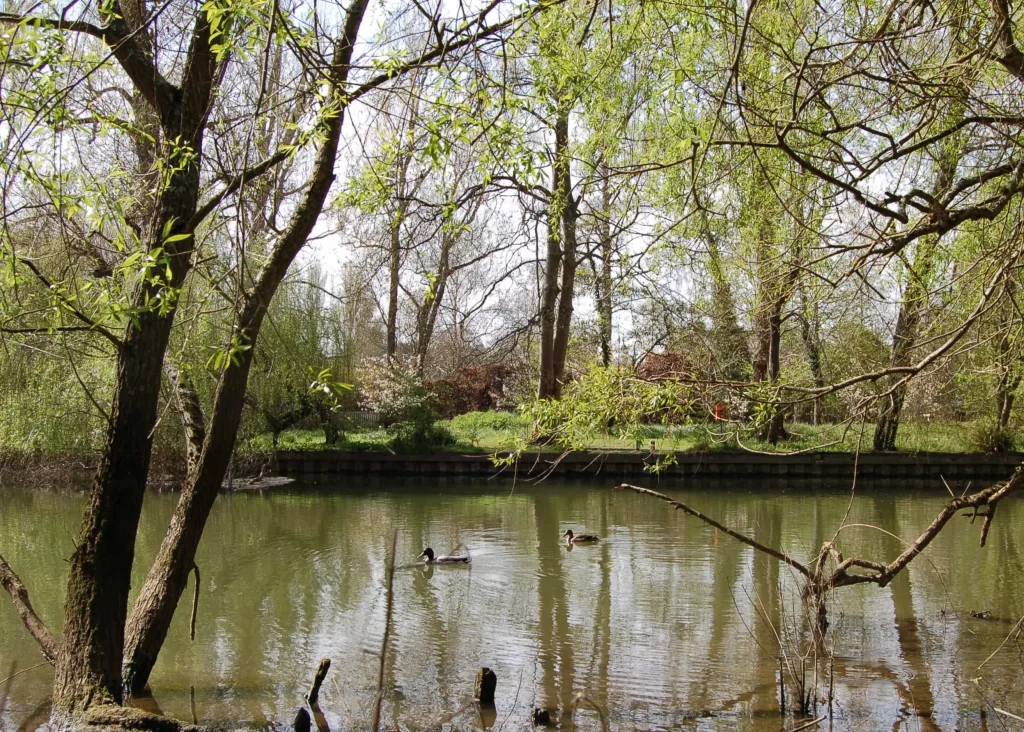

A blackthorn hollow way – blackthorn is so named after the colour of its dark bark and sharp thorns, and is said to be the preferred wood used by witches to make their wands. Not to be confused with hawthorn which flowers later.


Punting up from the Cherwell Boathouse

A group of volunteers engaged in what they tell me is ‘riparian roaming’ – a research project for the Royal College of Art looking at the land that borders rivers and streams in this case the River Cherwell. Daniel has built himself a coracle from reeds he harvested upstream and plans to paddle it down river some time soon. So watch out for him.
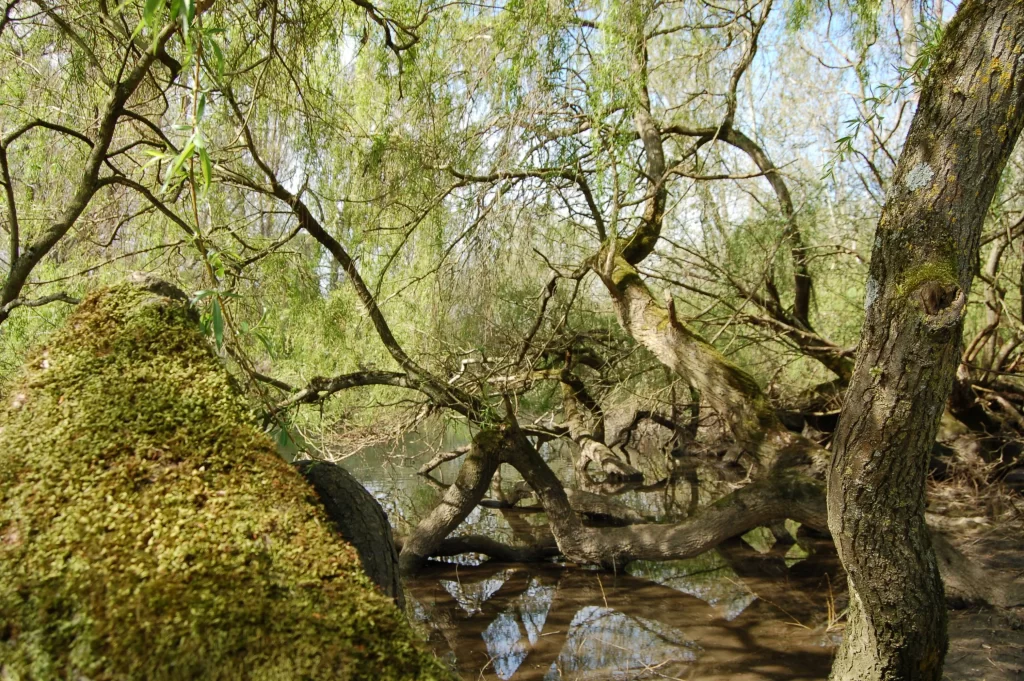
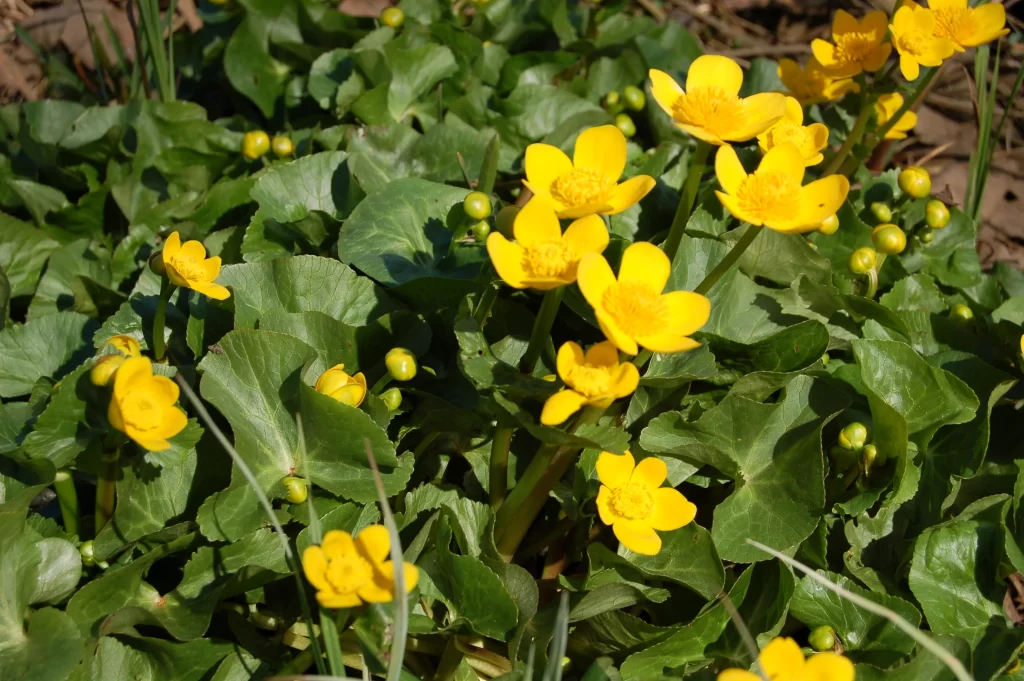
Marsh marigold or king cup – a golden native flower of water meadows, streams and marshy places.

The Cherwell Boathouse
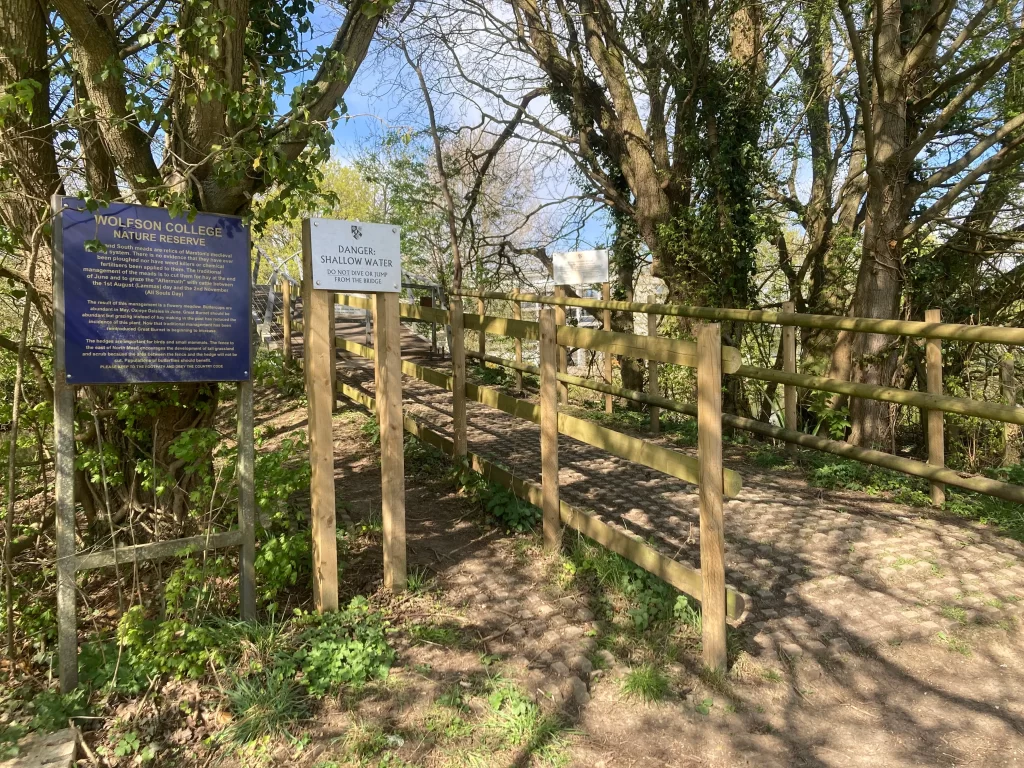

The bridge over to Wolfson College from its Nature Reserve.
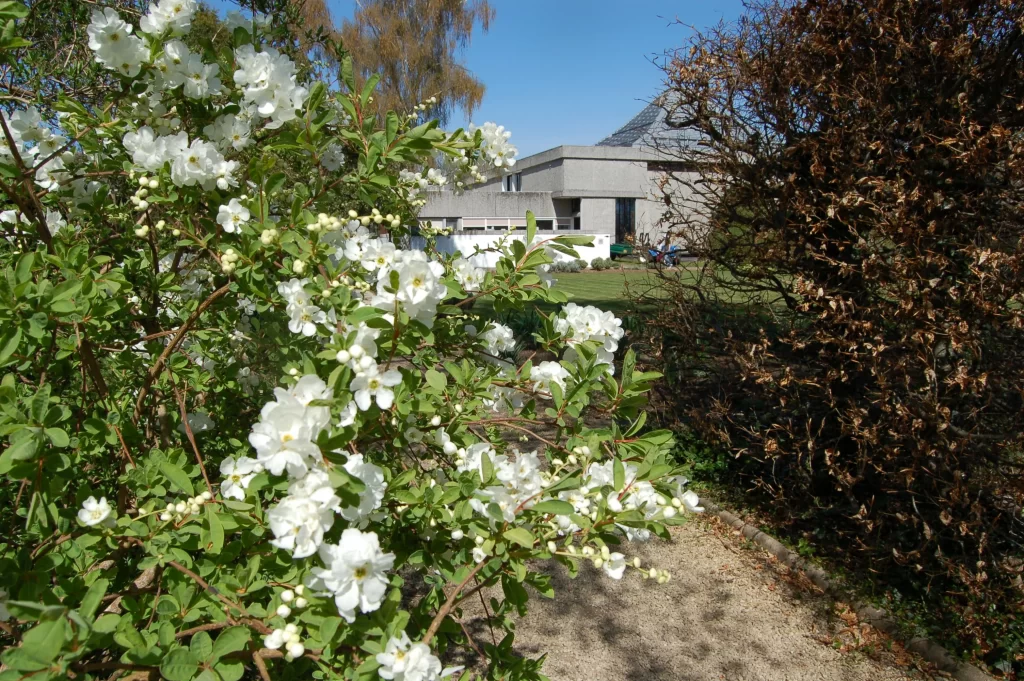
Through Wolfson College

And out into the cherry blossom on the Banbury Road
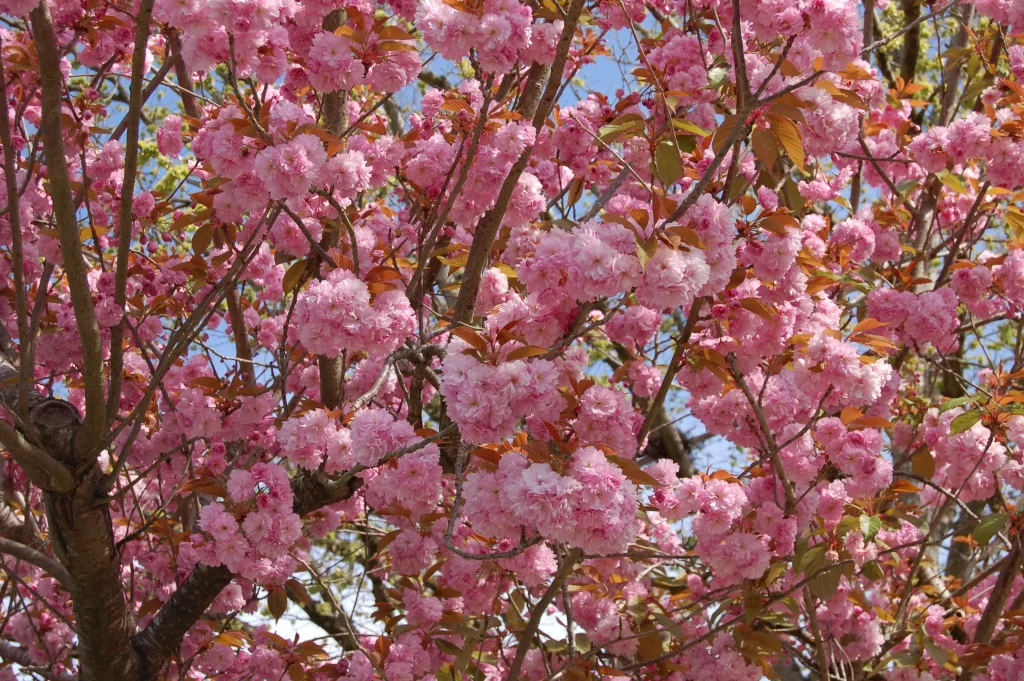
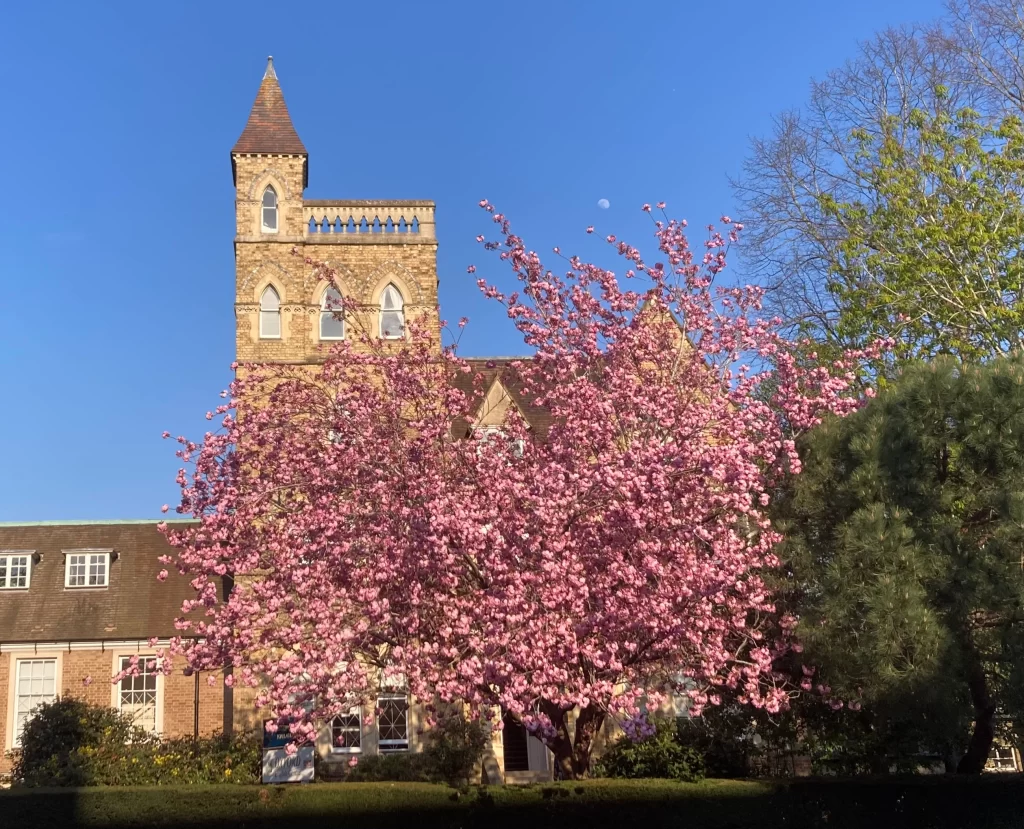
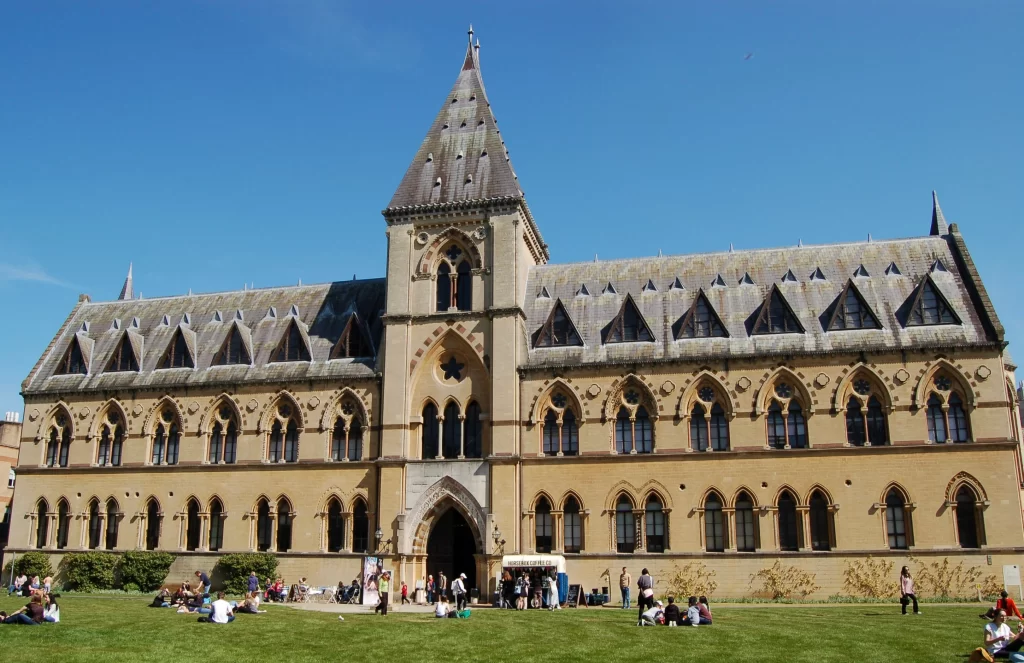
Coffee and cake at the The Horsebox in front of the Natural History Museum.
You might also like to read Oxford’s marvellous magnolias

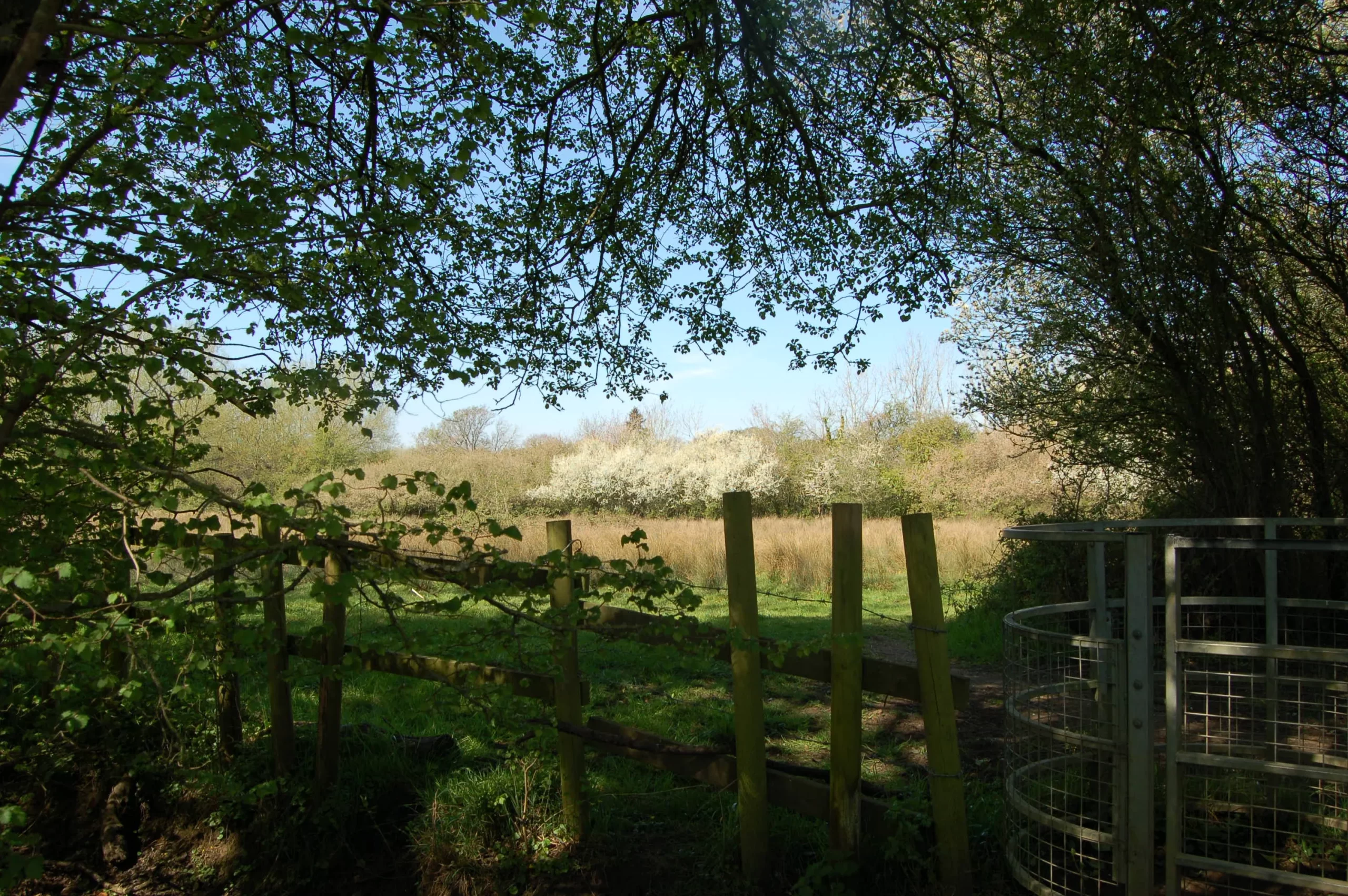
7 Comments
Join the discussion and tell us your opinion.
Beautiful
Happy Easter to you too x
Makes one feel warm & lovely within … perhaps that Easter chocolate brownie requires further episodes :D.
Spring cheers … and cheers too, to one Inspector Robbie Lewis, newly minted OBE from Oxford.
But how do you pronounce Cherwell. Kass and Theo, who both went to the school, insist on Ch-aaar-well. But others are equally adamant that it’s Ch-uuur-well. I’m with Theo and Kass simply for the warmer sound.
Here is yours truly, punting just upriver from the Wolfson bridge with the Cherwell boathouse in the background – 13th May 1980. Feeling nostalgic. Photo credit – Sheila Niven.

Happy Easter, Jon.
How wonderful – love the short shorts – definitely from that era though not much else has changed here by the looks of it.
The exact walk I did at least weekly during COVID days to have an illegal coffee with Jennie in Bel Broughton Road ( a road named after a St John’s College living in Worcestershire. Forty years ago when Ann and I lived in Northmoor Road we often did the same walk, adding on extra bits beyond the Parks
I am so pleased. It’s a lovely walk and didn’t know that about Bel Broughton. Love it.